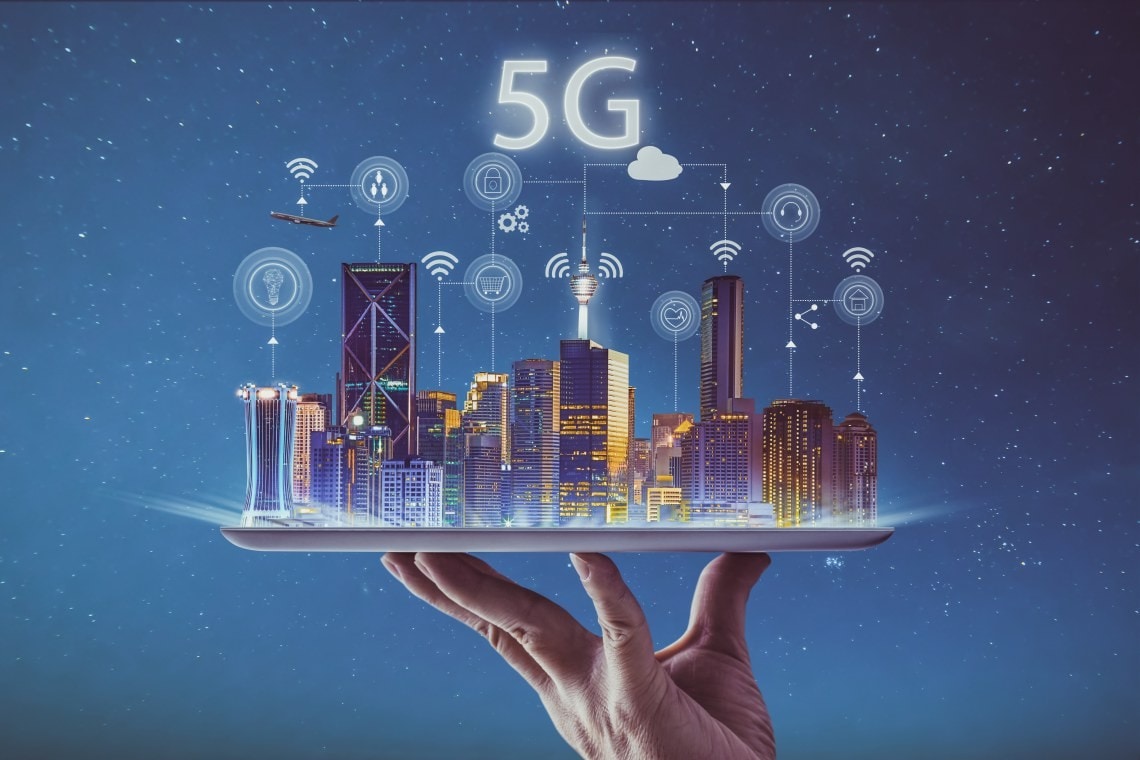Need Help?
Privacy Policy {"Stage_EswLiveAgentDevName":"EmbeddedServiceLiveAgent_Parent04I2f0000004CVTEA2_18385bcda98","Stage_SalesforceOrgId":"00D2f0000001OfB","Agent_Available_Header":"No problem. Chat with our engineering experts or schedule a call that's convenient for you.","Prod_SalesforceOrgId":"00Do0000000KAkK","Stage_SalesForcePath":"https://microchip--chipbot.sandbox.my.salesforce.com","Prod_EswLiveAgentDevName":"EmbeddedServiceLiveAgent_Parent04I3l000000CaZuEAK_184c4646b8d","Prod_BaseLiveAgentContentURL":"https://c.la4-c3-ph2.salesforceliveagent.com/content","Stage_ButtonId":"5732f0000008PHf","Prod_BaseLiveAgentURL":"https://d.la4-c3-ph2.salesforceliveagent.com/chat","Prod_ButtonId":"5733l000000Gonb","Stage_BaseLiveAgentURL":"https://d.la3-c1cs-ia2.salesforceliveagent.com/chat","Stage_JsUrl":"https://microchip--chipbot.sandbox.my.salesforce.com/embeddedservice/5.0/esw.min.js","Agent_Unavailable_Header":"An agent is not available to chat right now however please feel free to schedule a call with one of our team members.","Prod_SalesForceLAPath":"https://microchip.secure.force.com/mDirectLA","Prod_SalesForcePath":"https://microchip.my.salesforce.com","Stage_SalesForceLAPath":"https://microchip--chipbot.sandbox.my.salesforce-sites.com/mDirectLA","Stage_DeploymentId":"5722f0000008OpU","Service_Force_Url":"https://service.force.com","Prod_DeploymentId":"5723l000000GoUh","Schedule_Call_Url":"https://microchip.my.site.com/schedulemeetingportal/s/","Stage_BaseLiveAgentContentURL":"https://c.la3-c1cs-ia2.salesforceliveagent.com/content","Prod_JsUrl":"https://microchip.my.salesforce.com/embeddedservice/5.0/esw.min.js"}
Live Chat
Designing and Deploying 5G Network Infrastructure
Interactive 5G Network Diagram
Next-Generation Requirements for 5G Network Infrastructure
Blog Posts About 5G Network Infrastructure

Taking the Brakes Off O-RAN Deployment
This blog post considers what can be done to accelerate the uptake of O-RAN infrastructure.

Minimizing Cost and Time to Market for O-RAN Hardware
This blog post takes a look at the technologies and support that semiconductor manufacturers can provide for rapid and cost-effective development of Open Radio Access Network hardware.

Do I Really Need GNSS Timing Receivers in Every 5G Aggregation Site?
5G wireless communication networks require very tight time synchronization at every node to maximize spectrum usage efficiency and capacity throughput.

Enhance Your Radio Frequency Applications Using a Digital-to-Analog Converter
Having the ability to accurately control a bias voltage can help to optimize the performance of tuning circuits in a range of Radio Frequency (RF) applications.